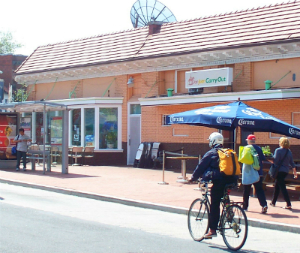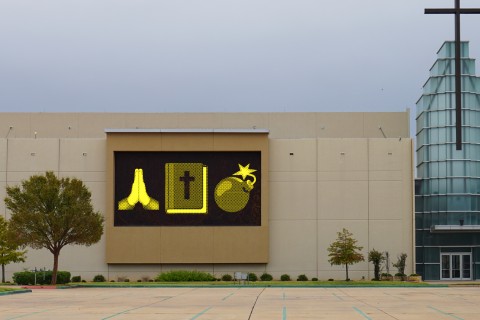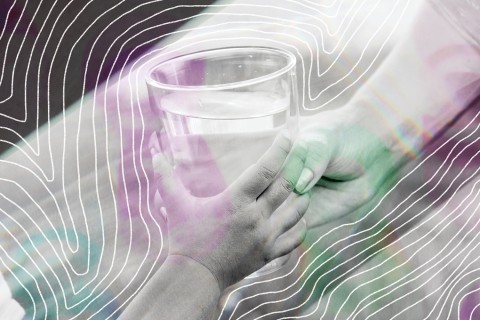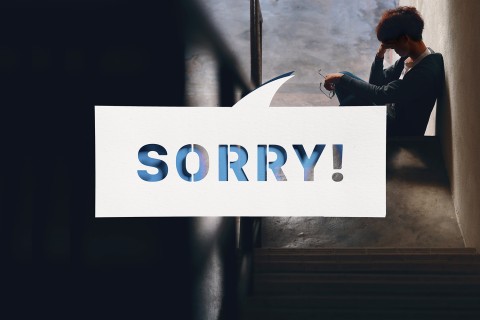Race and riots in my hometown and in my grandfather's
My hometown and my grandfather’s were the site of riots connected to race and law enforcement.
Last week, when protests, violence, and a celebration of hope for justice took place in Baltimore after the death of Freddie Gray in police custody, I found myself back in my hometown, as well as in my grandfather’s. Each was the site of riots connected to race and law enforcement.
Twenty-four years ago today, in the Mount Pleasant neighborhood of Washington, D.C., where I was raised, riots kept many people inside of their homes while others confronted police in the streets. Being a child at the time, my main recollection of May 5–7, 1991, was that I had to sleep on my parents’ floor. My bedroom was in the front of the house, and tear gas wafted in from Mount Pleasant Street, the main thoroughfare, two blocks away. One police officer described the street the night of May 6 as being “like a war zone.”
 |
Many Central Americans had arrived in our neighborhood after fleeing their nations’ civil wars. Some of them turned to alcohol in an attempt to cope with the trauma they had endured. The neighborhood was also a longtime home to many African Americans, at that time the city’s majority. There are, as always in these kinds of situations, debates about exactly what occurred, but the core of it is that a rookie African American police officer attempted to arrest a 30-year-old Salvadoran man for public intoxication. Some witnesses said he was about to attack the officer when she shot him. When the riot was over, the man was paralyzed and about 50 people were injured, most of whom were police officers. (The shooting took place near Don Juan restaurant, pictured above, which still serves Salvadoran fare today.)





